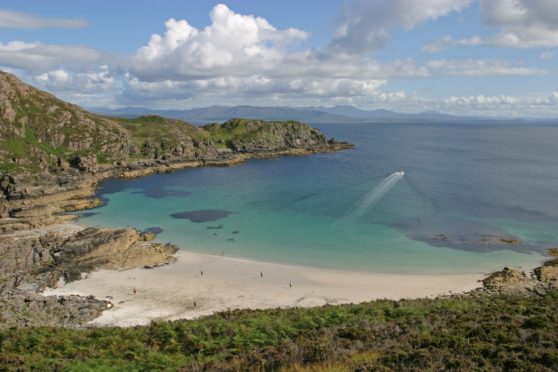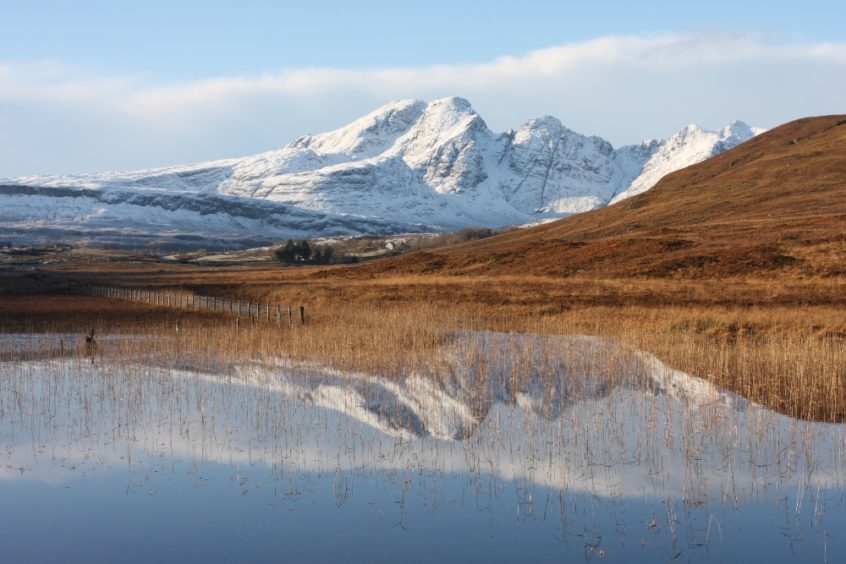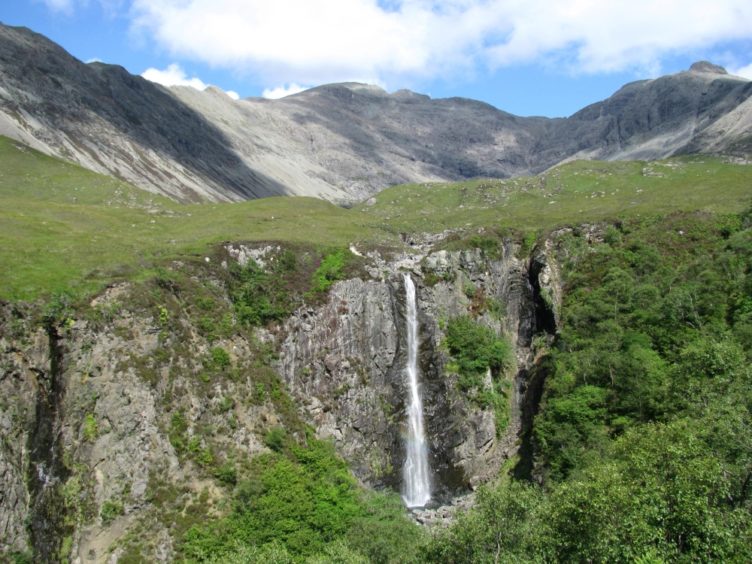
Tourism generated £211 million for Skye in the months before lockdown and supported thousands of jobs, according to a year-long study.
Figures from the first in-depth economic impact assessment and visitor survey to be carried out on the island show Skye and Raasay attracted 650,000 visitors last year and supported 2,850 jobs.
The study, carried out by the Moffat Centre for Travel and Tourism at Glasgow Caledonian University, also shows more than 70% of tourists to Skye were international visitors, mainly from the United States, Germany, France and Austrailia.
Day visitors made up only 7% of all trips.
The island’s popularity is proven by the dramatic increase in online searches for “Isle of Skye”- up by 270% between 2015 and 2019 – from tourists keen to explore hot spots such as The Fairy Pools, Cuillin Ridge and The Old Man of Storr.
Professor John Lennon, Director of the Moffat Centre for Travel and Tourism at GCU, said: “This is an important report for Skye as the Scottish tourism industry begins a slow recovery from the COVID-19 impacts, which have decimated trade for more than 50% of the 2020 tourist season.
“Skye is highly vulnerable to the downturn in international visitors that will continue for much of 2020 and beyond. Restrictions on access and reduction in air connectivity will impact on visitation.
“The island does benefit from direct road access which will hopefully help catalyse greater domestic visitation – which is likely to characterise visitation for the remainder of the year.”
Alongside the economic impact assessment, the Moffat Centre also carried out an extensive survey of visitors throughout 2019.
These interviews highlighted overwhelming satisfaction with the quality of accommodation, food and visitor attractions.
However, the report also highlighted the failure to invest in the island’s infrastructure and appropriate measures to protect the environment to keep up with the global popularity of the island.
Road conditions, lack of public toilets and environmental erosion were three of the key concerns highlighted by visitors and supported by a separate survey of island residents.
Marina Martinolli, Research Project Manager at the Moffat Centre, added: “The extensive research undertaken with visitors, tourism businesses, key stakeholders and residents offers a unique insight into the impacts of tourism of Skye.
“Overwhelmingly the responses from visitors were positive, whilst local businesses and residents were mindful of the environmental impacts of the increase in visitors.”
The results of the survey and the economic impact assessment will be analysed by the board of SkyeConnect, the destination management organisation that commissioned the study, and will help shape the organisation’s future strategy.
SkyeConnect’s project manager, Alistair Danter, said: “The Moffat Report demonstrates the value and importance of tourism to Skye.
“We know we will take a long-time to recover from the COVID-19 lockdown but as we emerge from the darkest period in our industry’s history, we know the potential of tourism in Skye. We must take this data and use it to lobby for the infrastructure investment Skye so desperately needs.
“We need to reset and reshape tourism for the new world and encourage a more sustainable approach that provides visitors with an immersive experience while ensuring that the island and its communities see the benefits of a tourism economy.”

Enjoy the convenience of having The Sunday Post delivered as a digital ePaper straight to your smartphone, tablet or computer.
Subscribe for only £5.49 a month and enjoy all the benefits of the printed paper as a digital replica.
Subscribe
